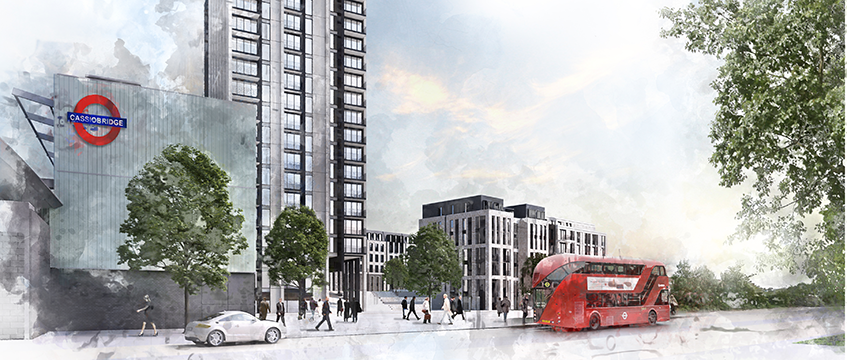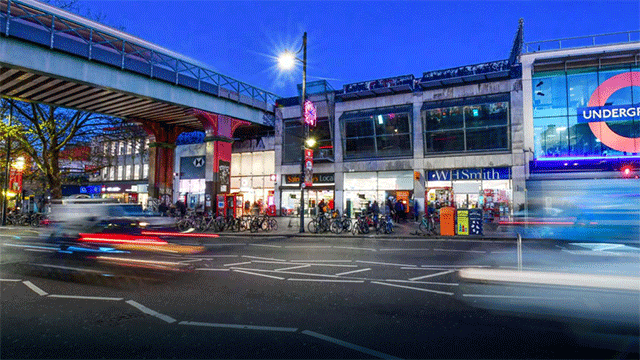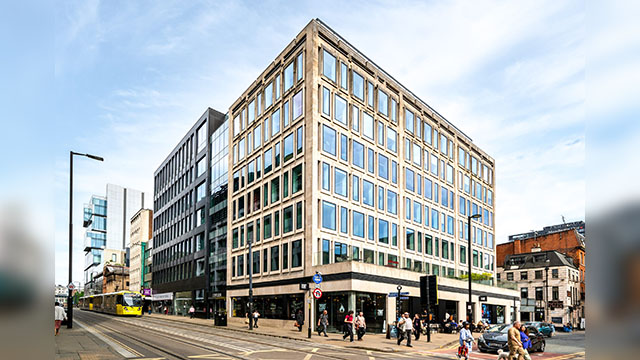US multifamily giant Cortland Partners has bought UK developer Orion Land and Leisure to start its push into the UK residential rental market.
Cortland intends to develop 10,000 rental homes in the UK over the next five years to create a £4bn portfolio.
Atlanta-based Cortland owns and manages 45,000 units in the US and is one of the fastest-growing multi-family operators (see box, below).
Using balance sheet cash alongside institutional debt and equity partners, the private company bought and renovated thousands of assets – many through distressed sales in the downturn – to build an $8bn (£5.9bn) portfolio of assets under management.
Its most recent deal in the states was a joint venture with Canada Pension Plan Investment Board and GIC to buy 10,000 multifamily units, in which it will retain a 10% share.
The UK deal will be its first outside America, and it has appointed CBRE to help it find a development partner.
Finding the right operator
Paul Wrights, Cortland’s executive vice president, finance and development, said it was essential to find an operator in the UK that had experience of sourcing sites and the planning process.
“What we could not replicate [from the US] was the experience and relationships in that first part of the process,” said Wrights. “We did not feel confident we would find the sites not already heavily marketed through brokers, and that we could not take sites through the planning process successfully.”
Orion’s management team has been made associates of the new company, and current chairman Richard Olsen is its executive partner. He will run the London office, and report directly to chief executive Steven DeFrancis in the US.
“We are leveraging talent from the US, as well as hiring locally,” said Wrights, who added that the UK company would have full access to the resources Cortland had in the US.
Orion has been a relatively low-key developer in the UK, but is perhaps best known for its joint venture with U+I – then Development Securities – at Shepherds Bush Market in west London.
Despite receiving planning permission, the scheme became mired in legal battles after local traders objected to plans. In 2016 U+I decided to completely resubmit plans for the scheme without Orion.

The Cassiobridge site
For the moment, the deal will includes just one site Orion already owns: the Cassiobridge scheme in Watford on the Ascot Road, which received planning in July 2017 for 485 flats.
Orion’s other legacy assets in Watford and Harwich, which are each held in jvs with LaSalle IM and William Pears Group respectively, are being wound down.
The new company has three further sites under offer: one in south-west London of around 350 homes, a 300- to 400-home site in north-west London, and a Midlands site with 500 to 700 homes.
Wrights said the focus of Cortland would be 50-65% towards London and the M25 – though not so much central London – and the remainder towards regional centres such as Manchester, Birmingham and Bristol.
The majority of assets would be bought without planning, as Cortland wants its own input on the design, he said.
“Our long-term goal is to develop at least 10,000 apartment homes over the next three to five years. We expect the bulk of these to be ground-up construction projects, with some sites having planning and some not,” said Wrights.
“It’s possible we might look to acquire some existing assets, but there is not a lot out there that has been purpose built.”
Bringing over the US model
Cortland decided on its UK push after conducting extensive research on the most demographically undersupplied markets.
“We started considering the UK around the time of Brexit, in the spirit of, ‘there is something interesting going on now, maybe there is an opportunity’,” says Wrights.
It used its own algorithms to identify the most undersupplied markets in Europe, Asia, Australia, and the UK, with London coming out top, though three of the top five were in Australia.
“We thought that the UK was more logical place to focus on first,” said Wrights. “What we felt very confident about was taking our vertically integrated platform – which does everything in house – and bringing it over here.”
Cortland’s “vertically integrated platform” essentially means that it does everything in house, from design to construction and then management. It will bring its design, architecture and construction arms to the UK to advise on processes.
It even has its procurement channel, CASK, that it will be using to supply its UK flats.
Following Greystar
It is the second major North American multi-family operator after Greystar to make a direct push into the UK rental market. Greystar has built up one of the largest PRS portfolios in the UK, though Brookfield and Oxford Properties have both made indirect investments.
Wrights does not see Cortland as being a late entrant to the sector, pointing to its size, and the potential for exporting expertise from the US.
He says: “A lot of the groups have not delivered any product yet, so experience is limited. One common theme is that a lot of these groups are learning how to manage property. This is extremely important and you only learn it through experience.”
Mark Clegg, CBRE’s senior director in the UK residential capital market’s team, who worked on the deal, says: “It’s an exciting move forward for the build-to-rent market, which for us shows the US specialists clearly see the opportunities in the UK.
“There’s a very strong market still for build-to-rent products, and the housing market is still too strong for the renters,” he said.
Cortland: a short history
Cortland is a privately owned company, with employees being major shareholders. It is worth about $8bn (£5.9bn).
In the US, Cortland owns and manages around 50,000 homes. Its largest site, The Village at Lake Park near Atlanta, contains 1,734 homes.
Financing comes from Cortland’s own balance sheet, as well as institutional debt and equity partners, primarily in the US, though some from overseas. For the UK, it has some of the same investors, though also some new institutional investors, with some from the UK.
Chief executive officer Steven DeFrancis set up the company in 2005. Previous to that, he had run a large multi-family company that was investing predominantly in affordable tax credit developments. When his partner went into tax credit syndication in 2005, Defrancis took the development arm and formed Cortland Partners.
By 2009 it had assembled around 4,000 homes, then started buying distressed assets in the recession. Cortland shifted its strategy to buying existing communities and heavily renovating them as value-add investments.
By 2011 the firm had nearly 6,000 homes, and in the subsequent years it added several thousand new apartments each year, the bulk of which have been acquisitions, with some development. Over this time it brought its various management functions in house.
To send feedback, e-mail alex.peace@egi.co.uk or tweet @egalexpeace or @estatesgazette











